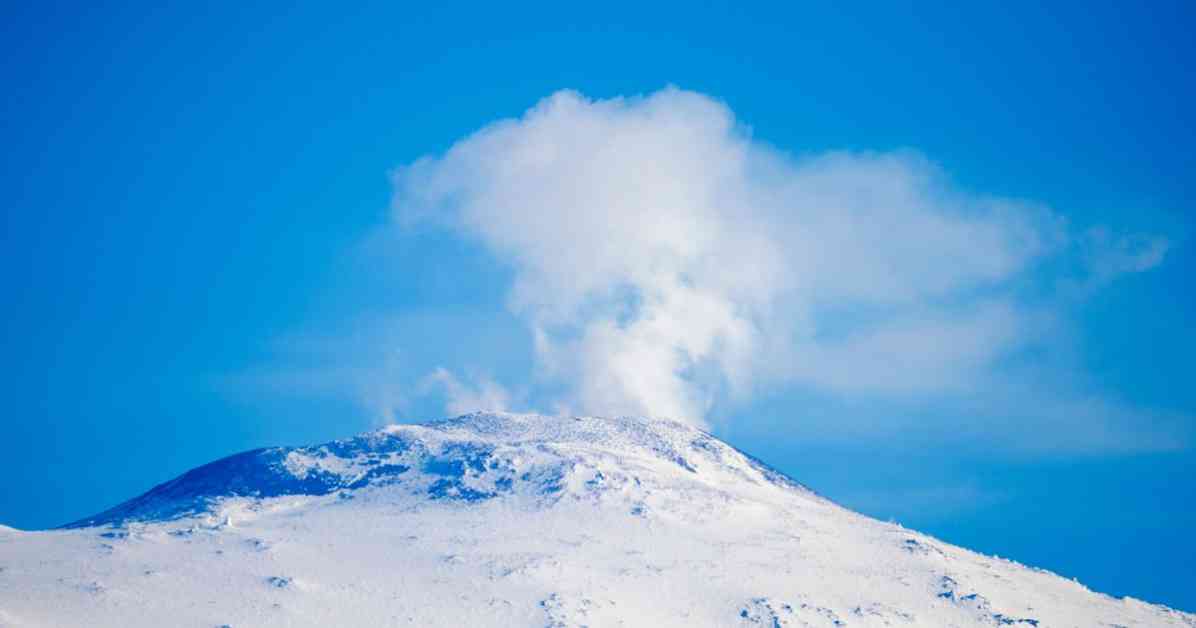Mount Erebus, the tallest volcano in the world located in Antarctica, has been making headlines recently due to its fascinating eruption of gold particles. While the volcano is known for spewing out steam, gases, and rocks, it’s the tiny specks of crystallized gold that have captured the attention of scientists. These golden particles, valued at over $6,000, have been discovered as far as 621 miles away from the volcano.
Standing at an impressive 12,448 feet tall, Mount Erebus is among Antarctica’s 138 active volcanoes. NASA researchers believe that the molten rock carrying gold particles rises from the Earth’s interior and crystallizes on the surface due to the sub-zero temperatures. GeologyHub states that Mount Erebus is unique in producing solid gold particles during its eruptive activities, unlike other volcanoes where gold is found in gas or liquid form. The fact that these gold particles have been found hundreds of miles away suggests that they travel through the air.
Despite producing around 64.4lbs of gold annually, valued at approximately $2 million, mining the gold from Mount Erebus is considered too risky due to the potential volcanic explosions. The volcano is also known to sporadically eject rocks during strombolian eruptions. Situated on Ross Island, Mount Erebus overlooks the McMurdo research base and is recognized as the southernmost active volcano on Earth. It is a prominent landmark in Antarctica, featuring a lava lake in its summit crater that has been active since the early 1970s.
Due to its remote location, satellites are primarily used to monitor Mount Erebus’s activity. Scientists have dubbed this volcano as the “Mountain of God” and have raised concerns about a possible eruption in the near future. While the discovery of gold particles is intriguing, the risks associated with mining them serve as a deterrent for potential treasure hunters.
As researchers continue to study Mount Erebus and its unique characteristics, the volcano remains a fascinating subject for geologists and volcanologists alike. The eruption of gold particles sheds light on the geological processes at play deep within the Earth’s crust and highlights the complex relationship between volcanoes and valuable minerals.

